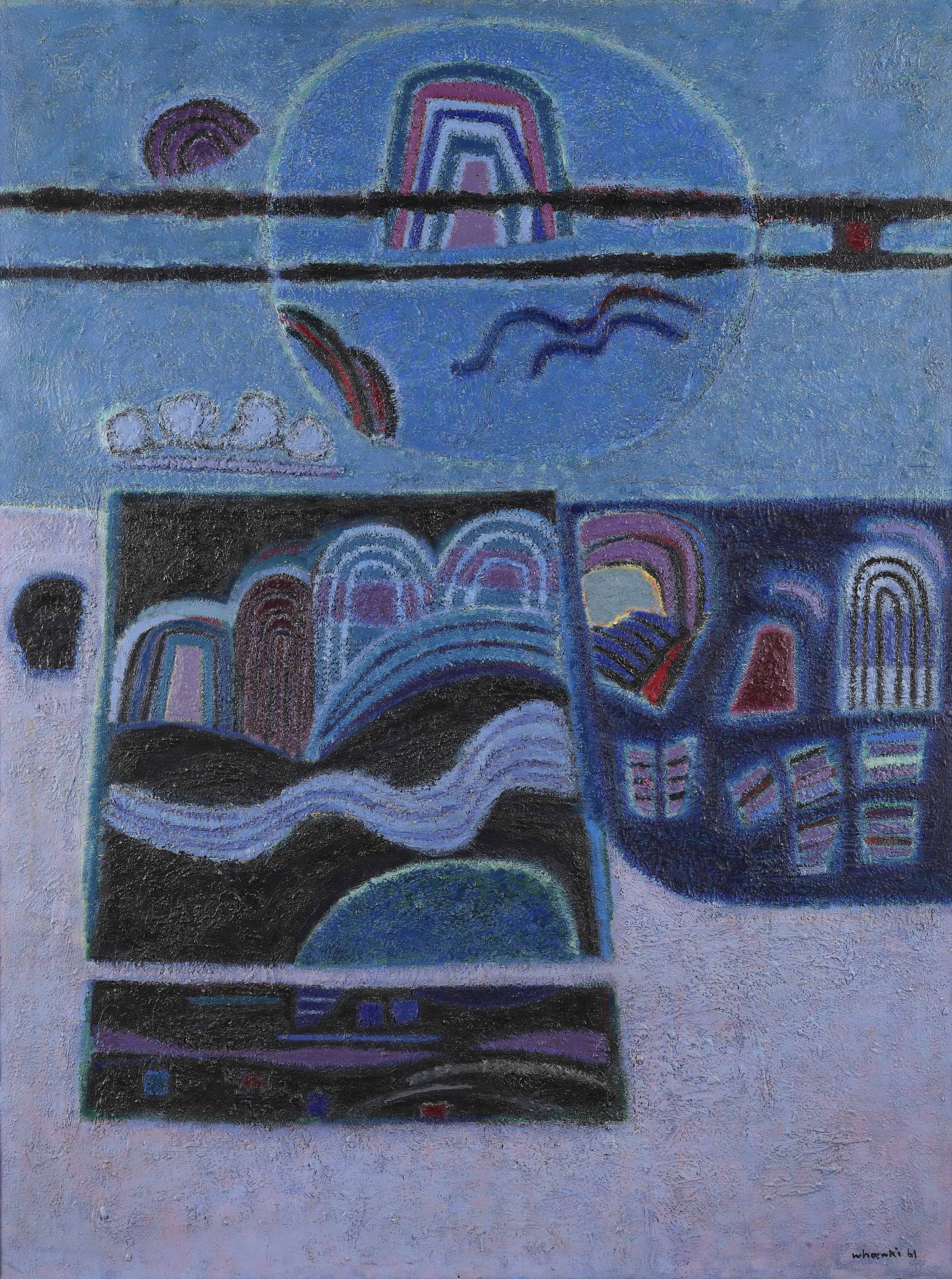
Kim Whanki, Moonlight in Summer, 1961, Oil on canvas, 194×145.5cm. MMCA collection
Kim Whanki
* Source: Multilingual Glossary of Korean Art. Korea Arts Management Service
Related
-

1950 Art Association
An alliance of artist associations established in 1950 by representatives Kim Whanki, Nam Kwan, and Lee Qoede and secretary general Kim Byungki. Groups excluding the Great Korean Art Association [Daehan misul hyeophoe] formed the 1950s Art Association for deconstruction for the purpose of the development and promotion of national art. While differing perspectives exist on the exact mission of the association, it is often considered to have embodied the desire of these established artists to progressively develop national art, regardless of their ideological differences. The association planned an exhibition for July 1, 1950, but it failed to come to fruition because of the outbreak of the Korean War. While the association was active for a short period of time, it left behind a legacy of public education programs on art theory, through endeavors such as initiating a series of lectures on contemporary painting. The solidification of the anti-communist agenda during the war caused the majority of the members of the Korea Art Alliance to depart for North Korea, and others, with the exception of Kim Whanki and Nam Kwan, joined the Great Korean Art Association. The association is therefore seen as an independent organization that opposed the establishment authority centered on the National Art Exhibition (Gukjeon).
-
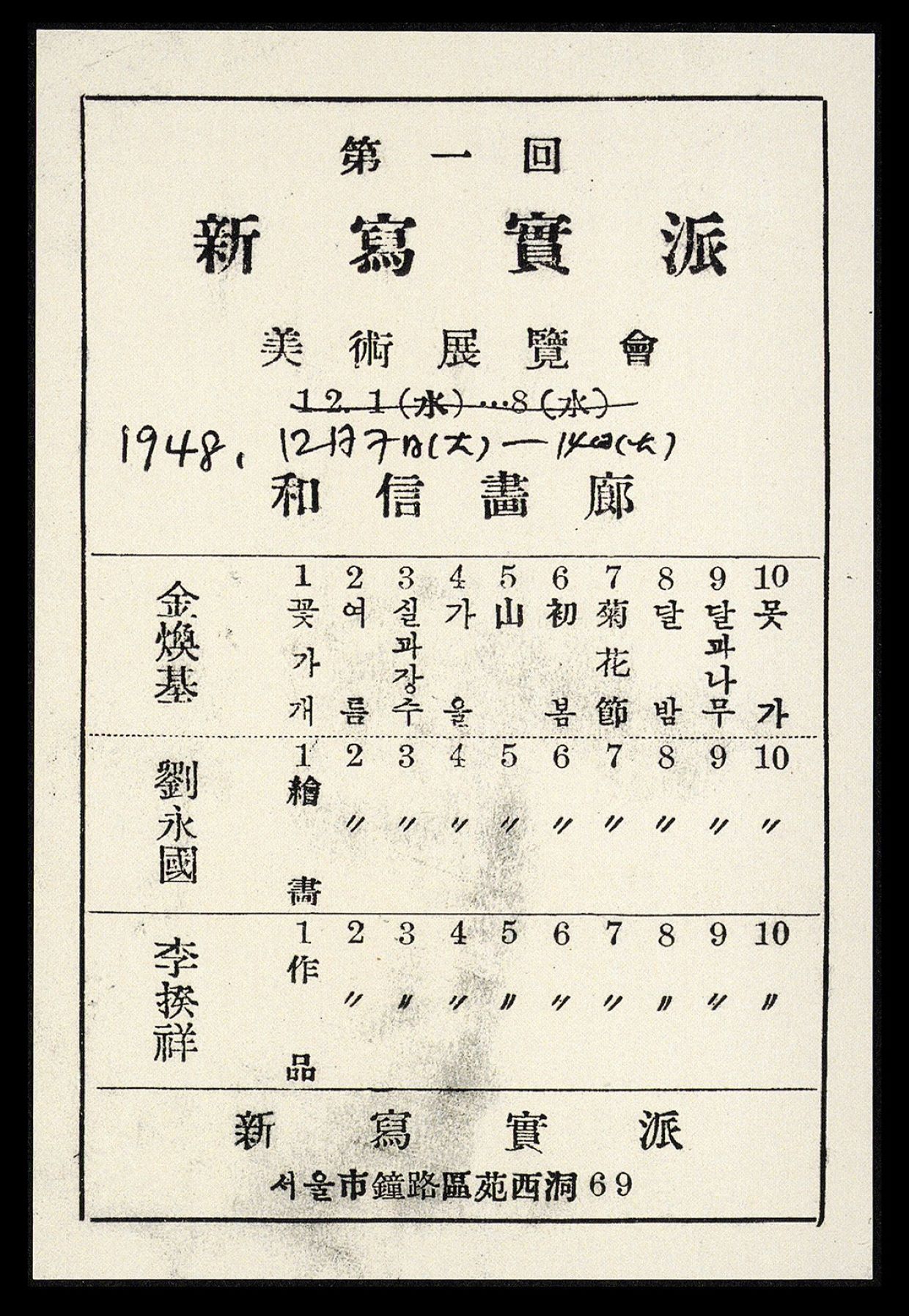
New Realism Group
The New Realism Group [Sinsasilpa] was a group of abstract artists, such as Kim Whanki, Yoo Youngkuk, and Lee Kyusang, who, through their work sought to represent the conceptualization of a pure Plasticism. One of the most influential groups in Korean modern art, the name “New Realism Group” was created by Kim Whanki. This originated from his foundational idea that the artists of the group should pursue new types of realistic painting. Since they considered that all forms, including abstract ones, ultimately belong to experiential reality, the ambition of the group was to contribute to the perception of a “new formation of reality”. Their inaugural exhibition was held at Hwashin Department Store's gallery from December 7th to 14th, 1948. Chang Ucchin then joined the group for the second exhibition, followed by Lee Jungseop and Paek Youngsu for the third. They disbanded the group after the third exhibition, which was staged at the temporarily relocated National Museum in Busan from May 26th to June 4th, 1953. The works of the New Realism Group navigated a path between figuration and non-figuration through the deployment of abstract expressionist idioms, while also making use of visual elements taken from nature, everyday life, and real-life materials. The New Realism Group were pioneers of a new style of Korean abstract art, one which they realized as an attempt to create a new artistic perspective that could exist outside the pervasive right-left ideological struggle that defined the politically, economically, socially, and culturally unstable Cold War period of Korea. A retrospective exhibition for the group was held at the Won Gallery from September 23rd to 30th, 1978, and a sixtieth commemorative exhibition was held at the Whanki Museum from November 9th in 2007 to January 13th, 2008.
-
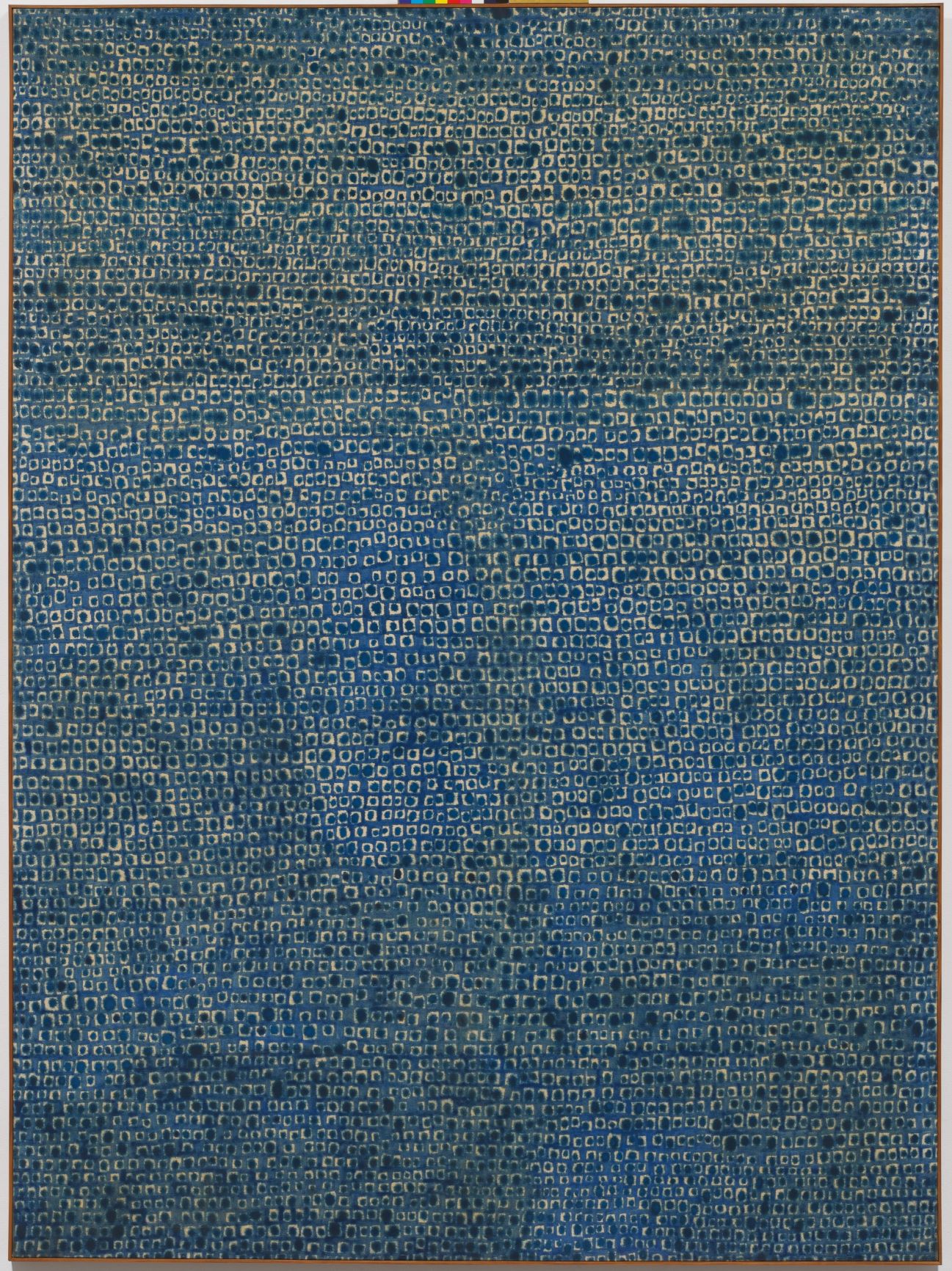
Abstract art
A term which can be used to describe any non-figurative painting or sculpture. Abstract art is also called non-representational art or non-objective art, and throughout the 20th century has constituted an important current in the development of Modernist art. In Korea, Abstract art was first introduced by Kim Whanki and Yoo Youngkuk, students in Japan who had participated in the Free Artists Association and the Avant-Garde Group Exhibition during the late 1930s. These artists, however, had little influence in Korea, and abstract art flourished only after the Korean War. In the 1950s so called “Cubist images,” which separated the object into numerous overlapping shapes, were often described as Abstractionist, but only with the emergence of Informel painting in the late 1950s could the term “abstract” be strictly used to describe the creation of works that did not reference any exterior subject matter. The abstract movements of geometric abstractionism and dansaekhwa dominated the art establishment in Korea in the late-1970s. By the 1980s, however, with the rising interest in the politically focused figurative art of Minjung, abstraction was often criticized as aestheticist, elitist, and Western-centric.
Find More
-
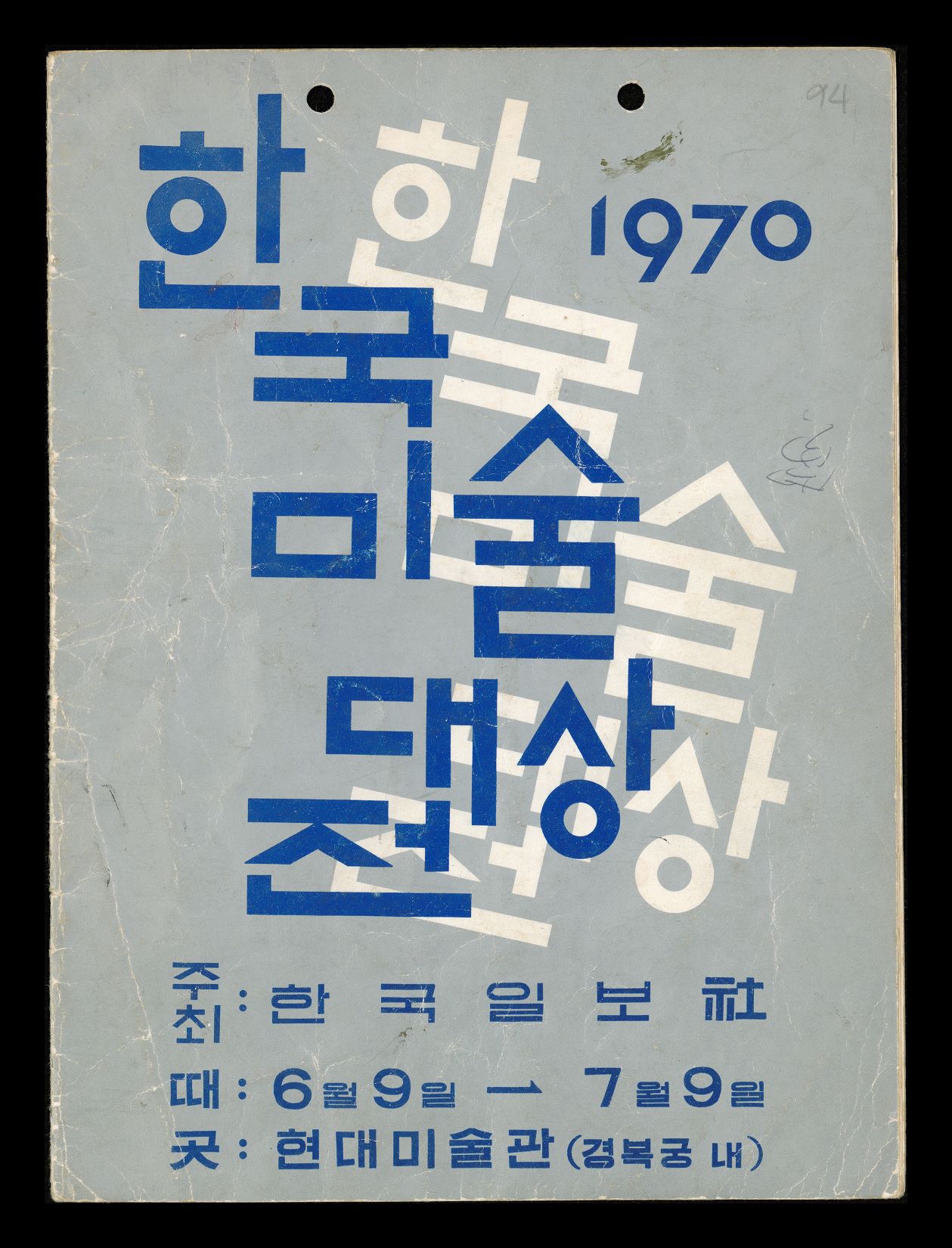
Korean Art Grand Award Exhibition
An art exhibition held seven times from 1970 to 1980 and sponsored by Hankook Ilbo. The exhibitions were held in celebration of the fifteenth anniversary of Hankook Ilbo, and the first was held at the National Museum of Modern Art, Korea (now MMCA) from June 9 to July 9, 1970. A total of about 600 works of East Asian art, Western art, prints, and sculptures were featured. 116 pieces out of 557 submissions were selected, and 59 works of invited artists were featured. A panel of 18 artists and judges participated in an open evaluation, and Kim Whanki’s Where, in What Form, Shall We Meet Again won the first-place prize. Starting with the second exhibition, the requirements for submissions were eliminated, and all work was judged through open evaluation. From its fifth exhibition, the submission was divided into appointed and general submission.
-
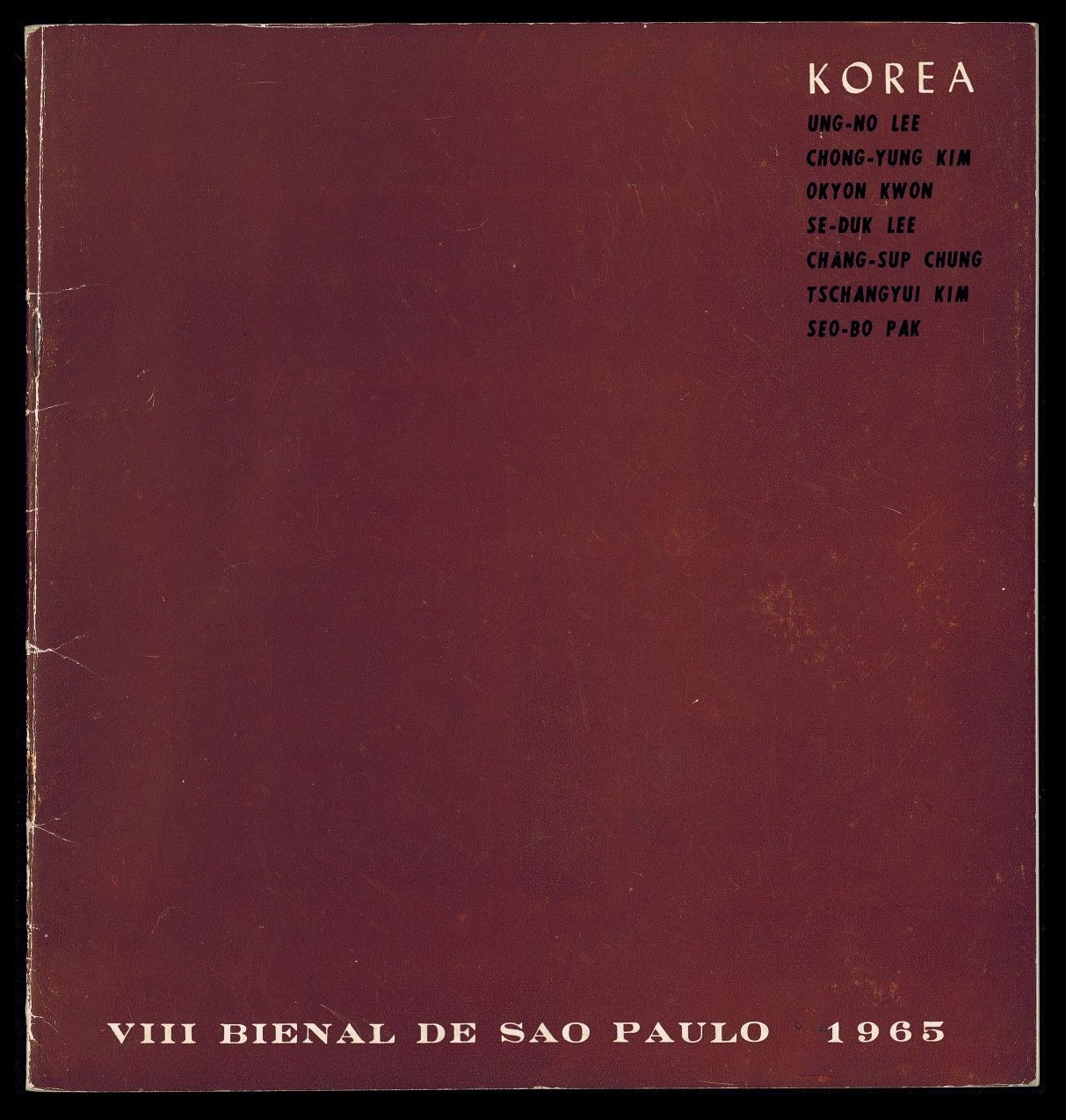
Sao Paulo Art Biennial
The Sao Paulo Art Biennial is an international exposition which started in 1951. The Sao Paulo Museum of Modern Art was the main venue for the event until 1957 when it moved to Ciccillo Matarazzo Pavilion. The exposition has the second longest history next to the Venice Biennale, and shares similar features with Venice, regarding the commissioner system and the use of themed exhibitions. South Korea expanded cultural exchange programs within the program since diplomatic relations were established in 1959 and began to officially participate in the Biennales after 1963. Kim Whanki, the chairman of the board of the Korean Art Association, served as the first commissioner in 1959, and seven artists including Yoo Youngkuk, Kim Youngjoo, Kim Kichang, Yoo Kangyul, Han Yongjin, Suh Seok, and Kim Whanki himself, submitted works to the exhibition. Their art pieces were previewed at the Korean Information Service Gallery in Seoul between June 14 and June 16. Over the last 70 years, Kim Bokyoung, Seo Seong-rok, Kim Youngho, Yoon Jinsup, and Oh Sang-Ghil have all been appointed as commissioners to the Biennale.






